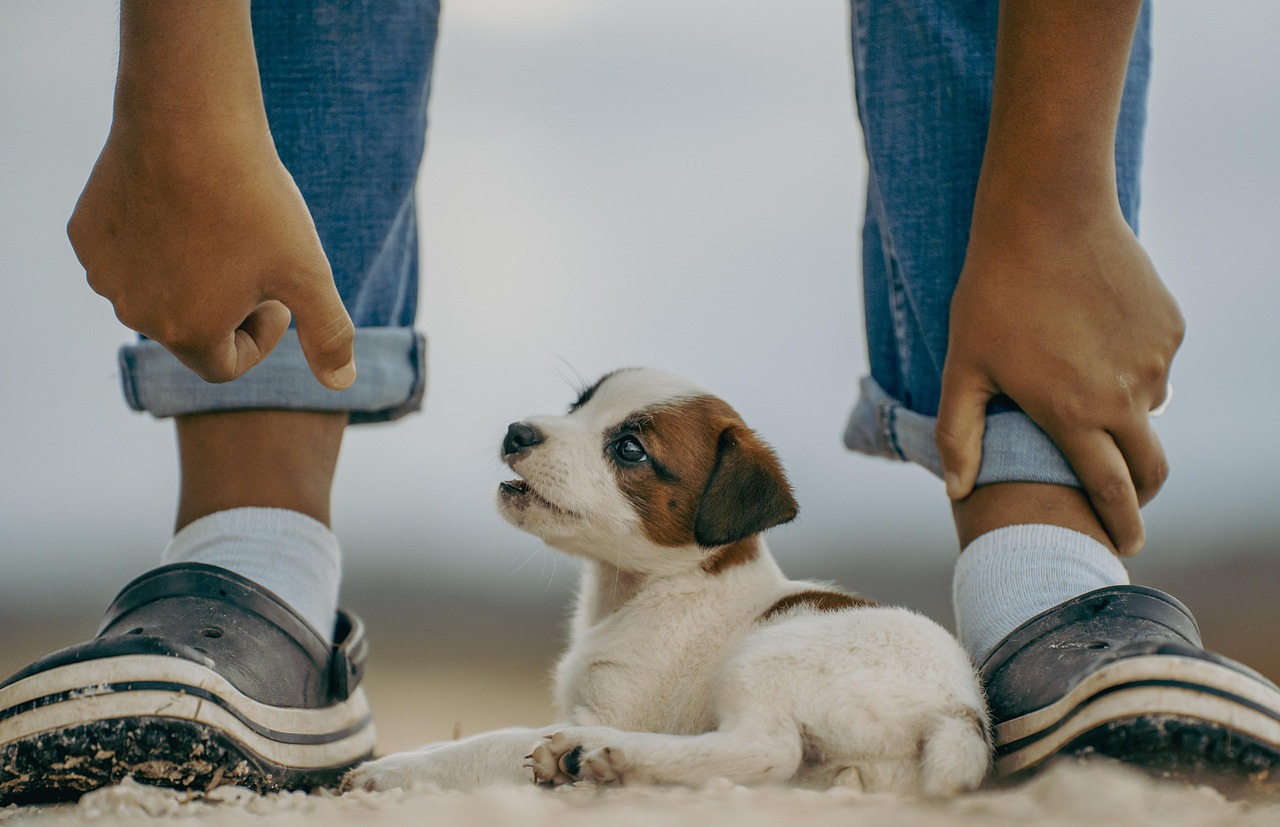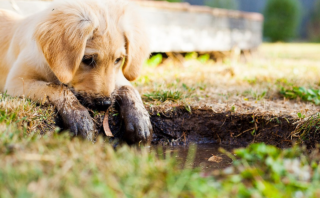Easy-to-Follow Dog Training Guide for Youngsters
Dog training can be an enriching experience for both dogs and their owners, but when it comes to children, the dynamic changes. Kids, whether they’re the dog’s owner or a family member, should also be allowed to partake in training sessions. It not only fosters responsibility and compassion but also lays a foundation for a strong bond between the dog and the child. In this guide, we will delve into dog training for kids, discussing various methods, common challenges, and tips to make the learning process enjoyable for both parties.

Understanding the Basics
Before embarking on the task of dog training for kids, it’s important to understand the basics. Firstly, training should always be based on positive reinforcement. This means rewarding good behavior, rather than focusing on punishing the bad. Positive reinforcement can include treats, praises, toys, or anything else the dog finds enjoyable.
Also, it’s essential to remember that the training environment should be calm and free of distraction. This consideration not only promotes focus but also fosters a safe space for the child, ensuring they feel confident during the training process.
Furthermore, training sessions should be kept short and pleasant to hold the child’s and the dog’s attention throughout. Overdoing can lead to exhaustion and loss of interest. A small step at a time helps hold interest steadily and ensures joy in the progression.
Simple Commands
When training a dog, start with simple commands like sit, stay, and come. These commands are the fundamentals of dog training and once your child masters these, they can proceed to more complex tasks. It’s vital to stay patient and consistent, as dogs require repetition to learn these commands.
How to Get Children Involved
Oftentimes, children are excited about getting involved in the training process. However, they can also experience frustration if the dog doesn’t respond appropriately. To prevent this, ensure the child starts with simple commands and is always supervised during the training sessions. Reinforcing patience, consistency and respect for the dog’s learning pace are fundamental teachings for the child.

Frequently Asked Questions
What is the best age for children to start dog training?
Children can start to get involved in dog training around the age of five or six. However, the level of involvement should align with the child’s maturity and understanding.
Should children be involved in all aspects of dog training?
Children can be involved in many aspects, but their involvement should be carefully monitored. For instance, behavior issues like aggression should only be handled by adults or professional dog trainers.
Can all breeds of dogs can be trained by kids?
While training methods are universally applicable, some breeds may require an advanced level of understanding and patience, which might be challenging for a child.
How much time should a child spend on dog training daily?
Dog training doesn’t have to be a lengthy process. Short and consistent sessions of 15 to 20 minutes each day can be quite effective.
Can a dog trained by a child obey commands from other family members?
Yes. With consistency and repetition, dogs can learn to respond to the same commands from different members of the family.
Conclusion
In conclusion, children’s involvement in dog training can be beneficial for both the child and the dog. It is an opportunity for a child to develop responsibility, empathy, and patience. It can also help spark a lifelong love for animals. However, adult supervision is essential during the process to ensure both child and dog safety.
Dog training for kids is not an overnight task. It requires patience, perseverance, and consistent effort. But, the rewards are immeasurable as it mutually enhances the bond between the child and the dog while teaching valuable life skills.



